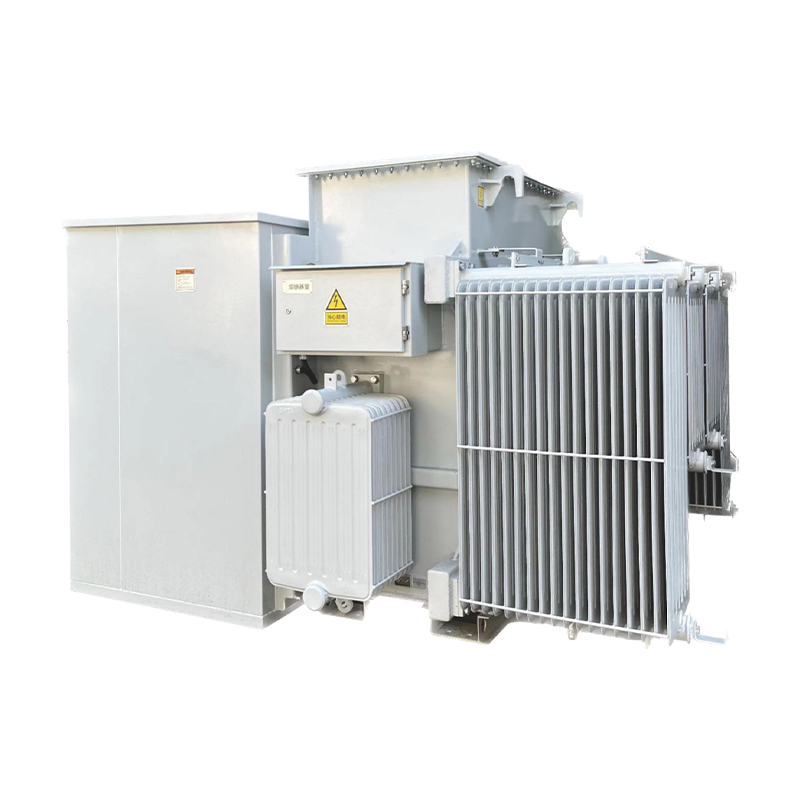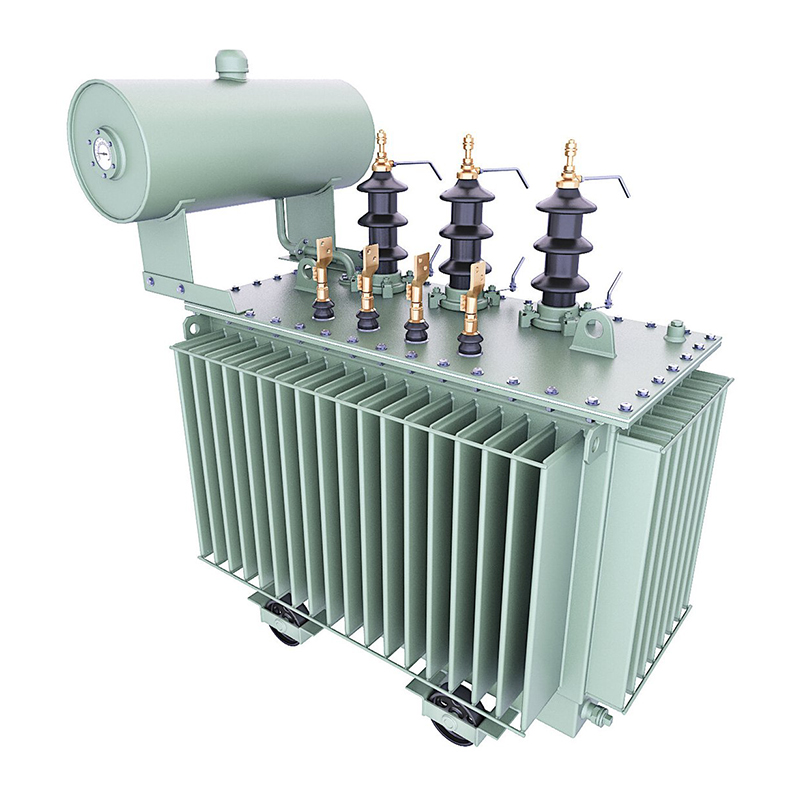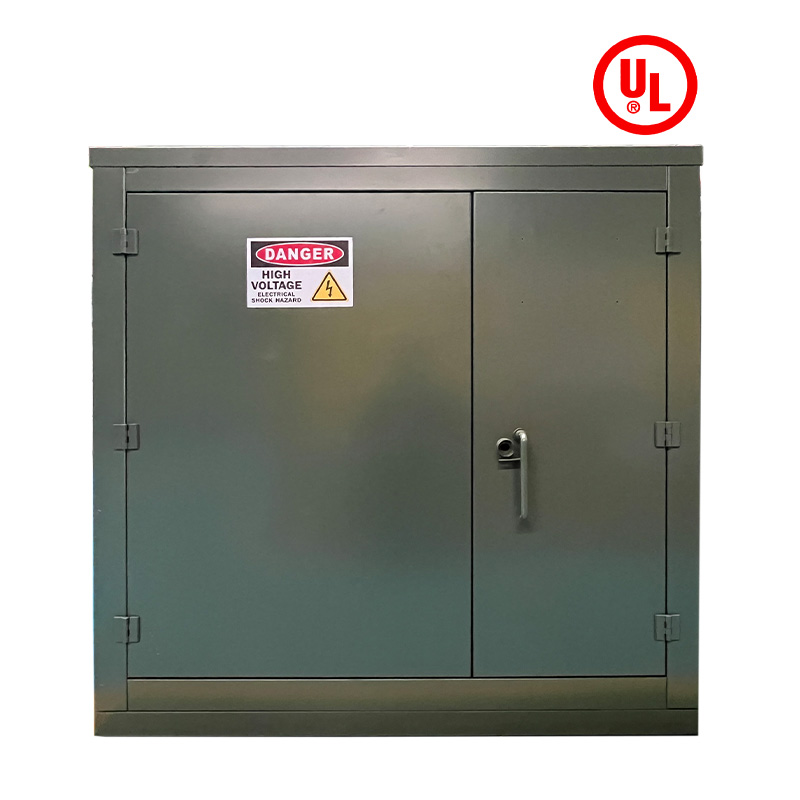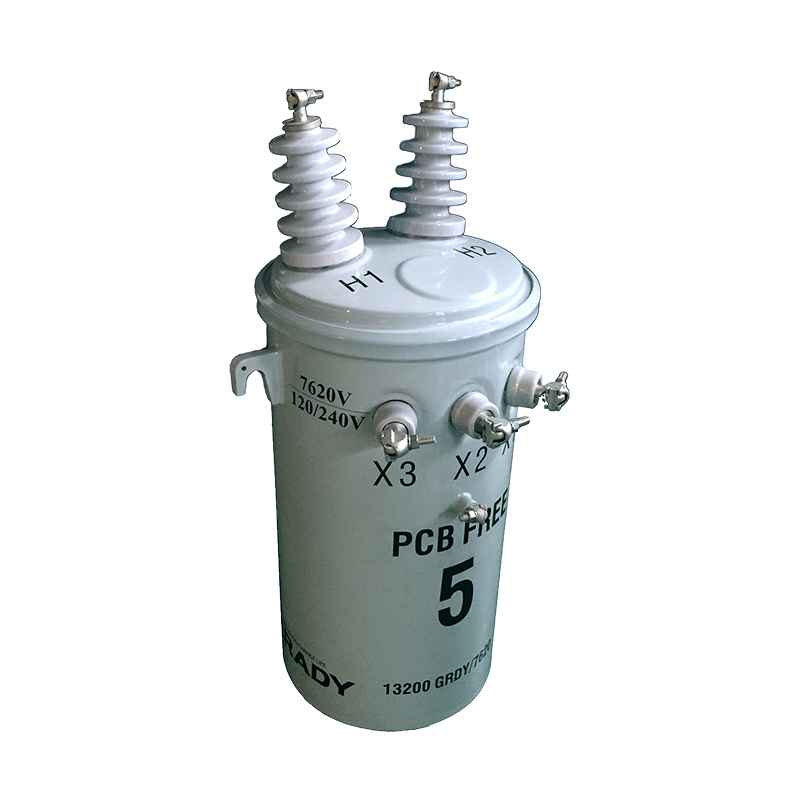Reasons for Noise Generation in Power Transformers and Noise Reduction Technologies
The main reasons for the noise generated by power transformers include the following:
1. The operating frequency and equipment vibration of the transformer itself. These vibrations may originate from the winding rules or deformations of the iron core and coil, as well as the vibrations of the transformer body caused by magnetostriction. Specifically, the windings of iron cores and coils, as well as cooling equipment, may all become sources of noise. In addition, harmonics and pollution from the power grid may also cause transformers to produce noise.
Improper installation of transformers may also exacerbate noise issues. For example, if the foundation of a power transformer is not firm or flat (with one corner suspended), or if the base plate is too thin, using channel steel to support the power transformer will increase noise.
3. The operating environment also has an impact on transformer noise. For example, the power transformer room is very large and spacious, with no other equipment, which can produce echoes; The power transformer is too close to the wall, and the noise reflected by the wall and the transformer noise can also increase the noise.
In terms of noise reduction technology, the following methods can be adopted:
1. Install mufflers: Install mufflers at the inlet and outlet of the transformer room to reduce noise by consuming the energy of sound waves.
2. Install sound barriers: Establish sound barriers around the transformer to isolate it from the surrounding environment, thereby reducing the impact of noise on surrounding residents.
3. Shock absorption treatment: Install shock absorbers or pads at the bottom of the transformer to reduce the impact of its vibration on the surrounding environment. At the same time, regular maintenance and inspection can be carried out on the transformer to ensure the normal operation of its damping device.
4. Optimize layout design: For example, place transformers far away from residential areas, or place them underground or semi underground to reduce their interference with the surrounding environment. Meanwhile, measures such as green belts and soundproof walls can be taken to further reduce the impact of noise.
5. Strengthen sound insulation measures: Install sound insulation materials or sealing strips at positions such as doors, windows, and ventilation openings in the transformer room to reduce the propagation of sound.
In summary, there are various reasons for the noise generated by power transformers, including equipment vibration, improper installation, and operating environment. Noise reduction technology can start from multiple aspects such as installing mufflers, installing sound barriers, shock absorption treatment, optimizing layout design, and strengthening sound insulation measures to achieve the goal of reducing noise and improving the environment.
Relatenews
- Architecture Design of IoT-Based Monitoring System for Power Transformers 2025-09-05 15:27:00
- Judgment Standards and Oil Change Process for Power Transformer Oil Deterioration 2025-09-05 15:23:00
- Design and Mechanical Strength Verification of Short-Circuit Withstand Capability for Power Transformers 2025-09-05 15:19:00
- The Role of Power Transformers in Voltage Regulation within Power Systems 2025-08-25 08:14:00
- Environmental Regulations and Technical Measures for Power Transformer Noise Control 2025-08-25 08:12:00
- The Application of Big Data Analytics in Power Transformer Fault Prediction 2025-08-25 08:11:00
- Impact of Distributed Generation Integration on Load Characteristics of Power Transformers 2025-08-16 09:43:00
- Conditions and Protection Coordination Strategies for Parallel Operation of Power Transformers 2025-08-16 09:42:00










